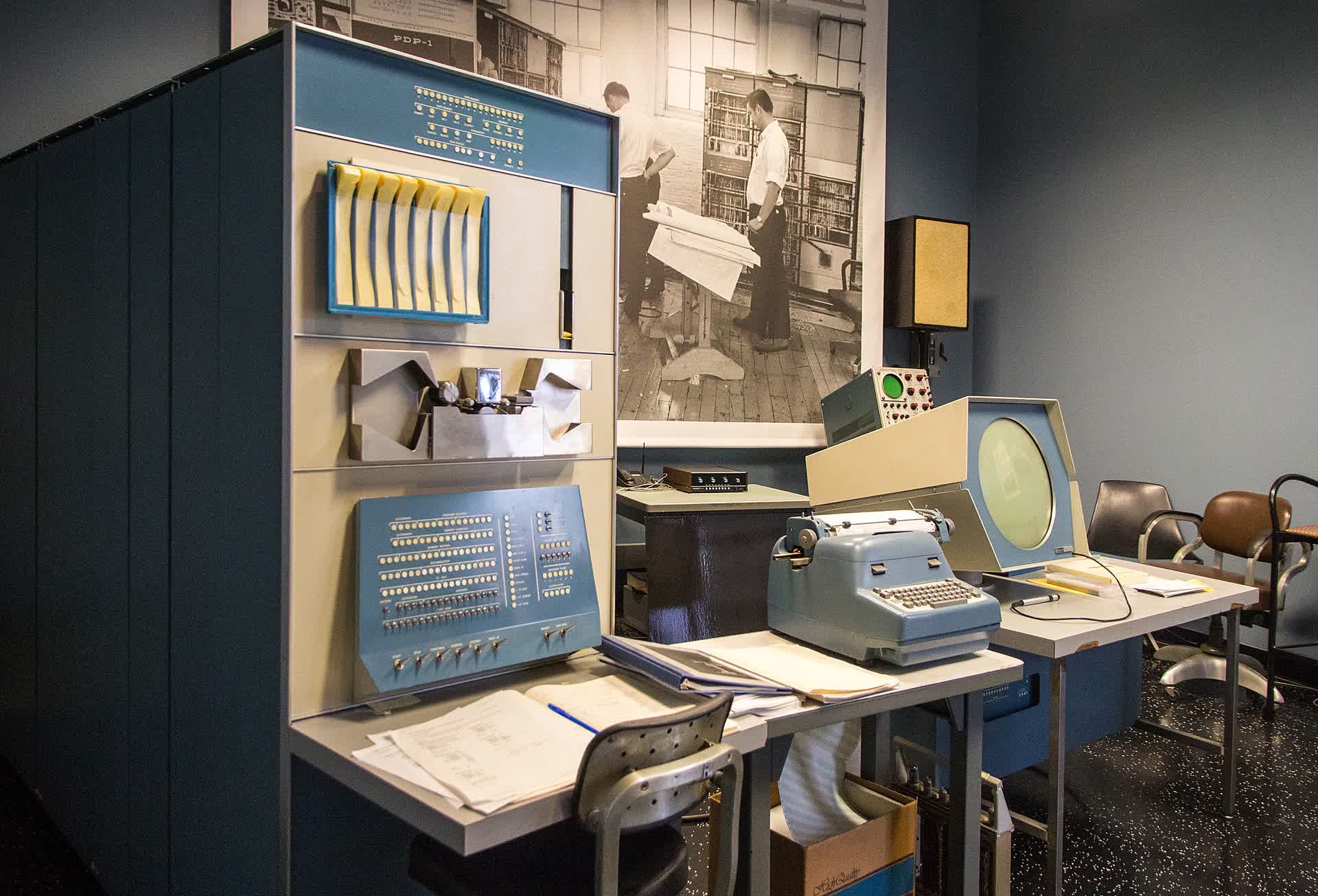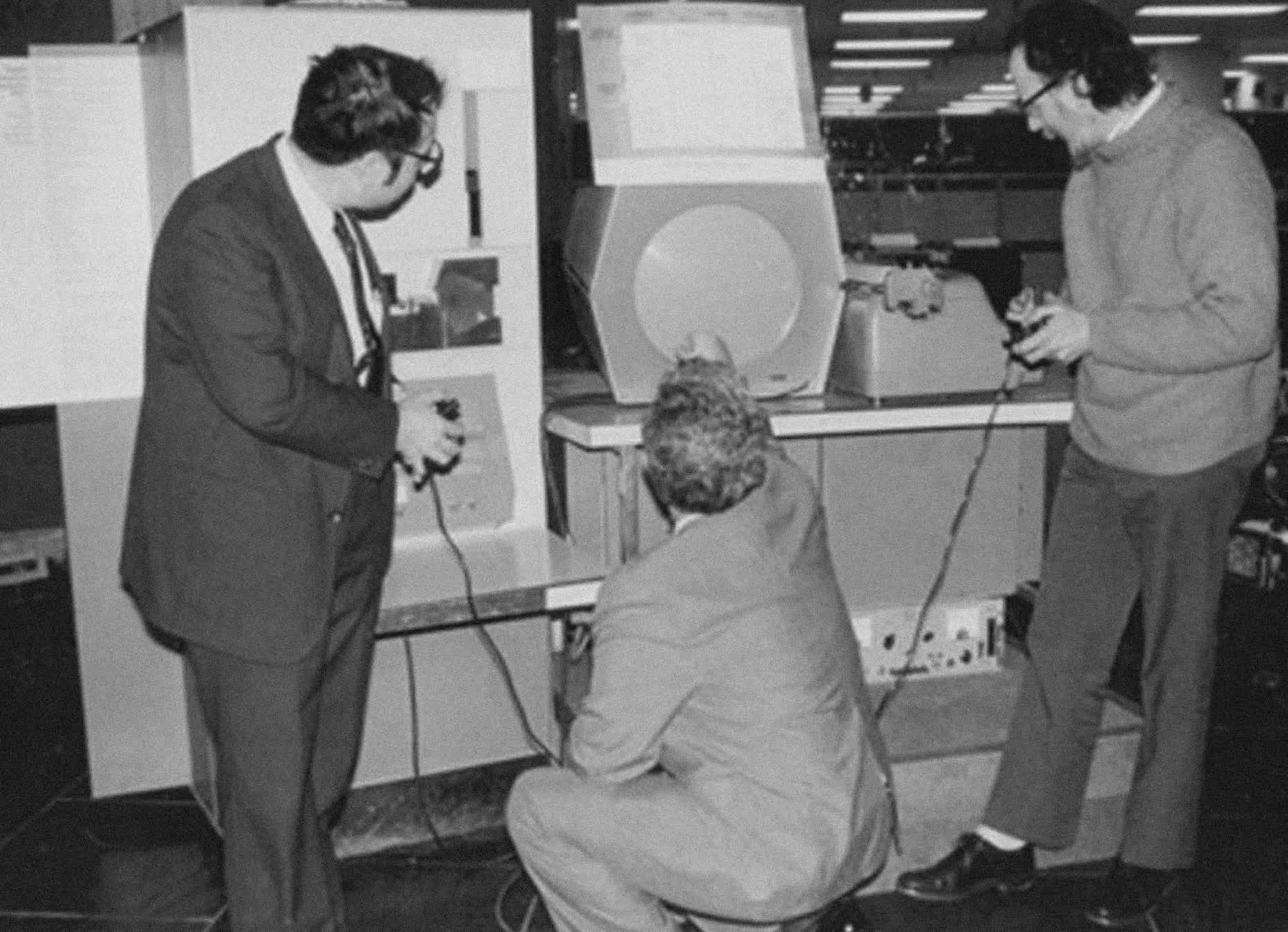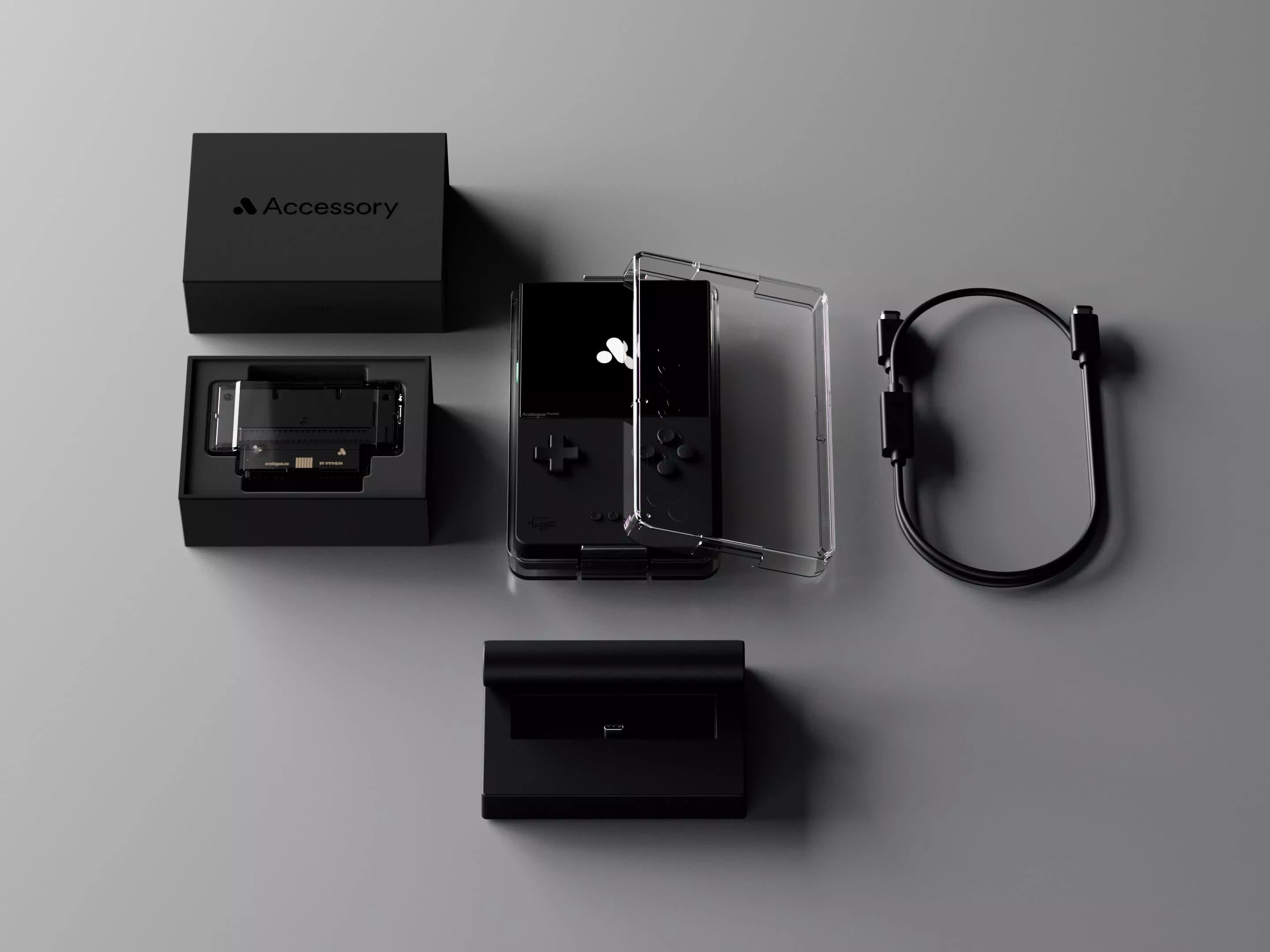In a nutshell: Video game enthusiasts are a nostalgic bunch that often enjoy revisiting some of yesterday's greatest titles. Unfortunately for many, the aging hardware used to play those original titles just isn't available. Software emulation can scratch the itch but can also introduce unwanted issues that detract from the game's feeling of authenticity. Analogue's Pocket handheld and openFPGA initiative are taking steps to solve that by perfectly emulating consoles and other historic platforms at the hardware level.
Originally expected at the beginning of this year, Analogue's 1.1 firmware beta release expands the Pocket's feature set and includes several additions focused on extending the capabilities of 3rd party developers. These additional capabilities provide developers with OS-level tools, settings, and configurations required to successfully create and deploy new cores for the system using the device's field programmable gate array (FPGA) hardware. Cores equate to functionality that mimics a computing or console platform at the hardware level.
Unlike ASICs (application specific integrated circuits) that are designed and fabricated for a single purpose, FPGA's use configurable logic blocks and programmable interconnects that allow reprogrammed components to serve different functions using the same hardware. This reprogrammable capability provides developers with a flexibility not typically available on other consoles and platforms.
Analogue demonstrated the system's potential by including a fully functional implementation of what some deem the first real video gaming platform, the Programmed Data Processor-1 (PDP-1).

This DEC minicomputer (an ironic term by today's standards) provided the foundation for Spacewar!, a space combat game developed by computer scientists working with MIT's PDP-1 implementation in the early 1960's.
Using openFPGA, a 3rd party developer "Spacemen3" recreated the PDP-1 and Spacewar! using the original source code in the public domain. You can play it today on Pocket with openFPGA by following this guide here: https://t.co/XFS3ARmaUe pic.twitter.com/ut6N6Ovois
--- Analogue (@analogue) July 29, 2022
The original specs of the minicomputer may be surprising for anyone not familiar with 1960's computer technology. Released in 1959 for the low price of $120,000 (well over the $1 million mark in today's dollars), the PDP-1 weighed in at a chunky 1,600 lbs. and provided a 4,096 word memory capacity made available via magnetic tape.
The gigantic main cabinet and peripherals, pictured below at the Computer History Museum, offered users computing power that was roughly equivalent to handheld electronic organizers and calculators as far back as the mid 1990s. Eat your heart out Palm Pilot.

Spacewar! was developed by several computer scientists and engineers at MIT in 1962. The space-based, two-player dogfight wasn't just a novel first attempt and creating a computer game. The game's mechanics and elements would go on to provide the physics models, controls, and gameplay for some of the most popular titles ever created, including the 1979 classic Asteroids.
Since then, the game has been continuously recognized as one of the most important breakthroughs in computer gaming history, has been named to numerous lists citing the top video games of all time, and was even nominated to be preserved in the official game canon of the United States Library of Congress.
According to Analogue, the Pocket is not technically designed to play copyrighted ROM files from the SD card slot. The slot is instead meant for firmware updates and other features to support the device itself. The company's developer FAQ even clearly says "Analogue does not support piracy." What they do support, whether intentionally or not, is the ability to digitally patch and sign ROM files with a GB Studio signature, allowing them to then run on the Pocket.
The Pocket was originally made available via pre-order in August 2020 and began shipping to customers in Q1 2022. According to the company's FAQ, orders will continue to be shipped in 2022 and 2023.
